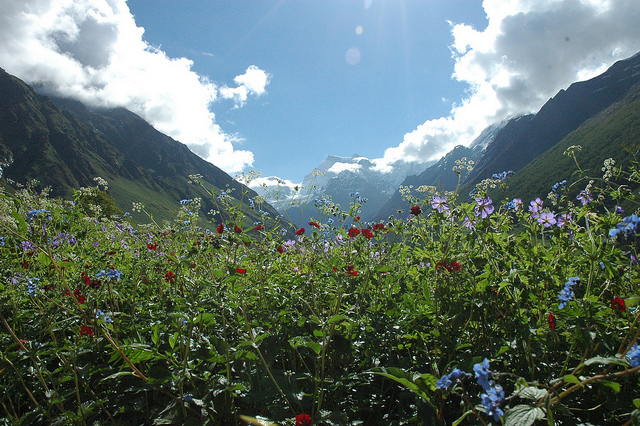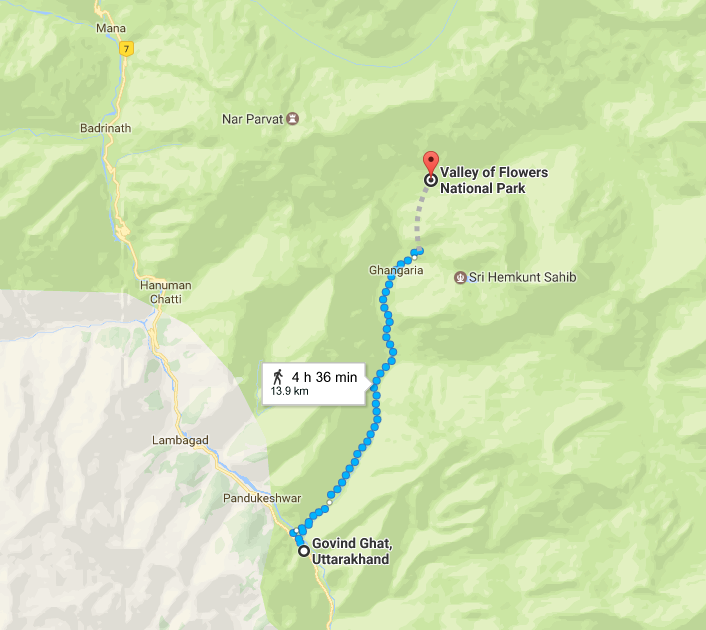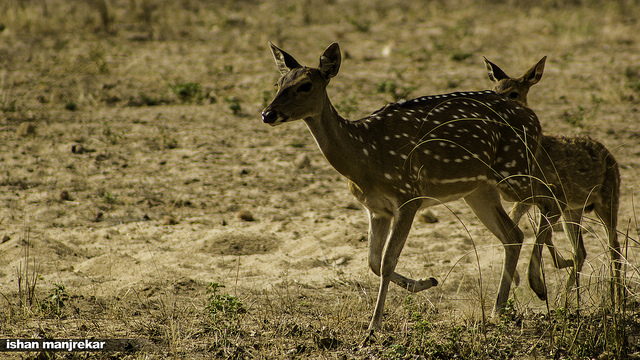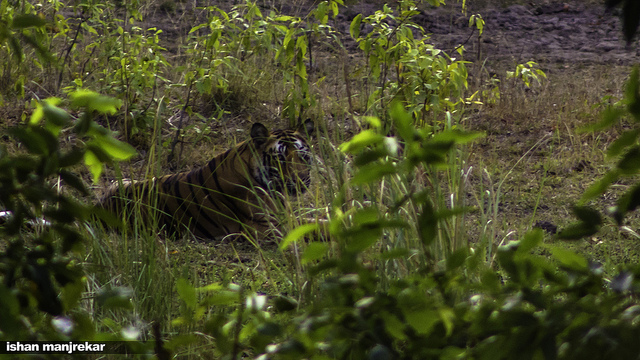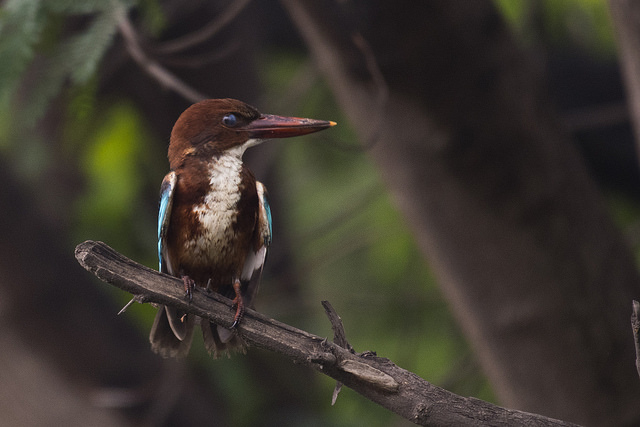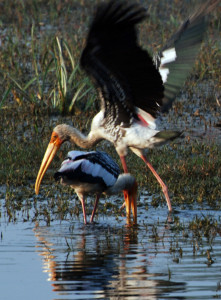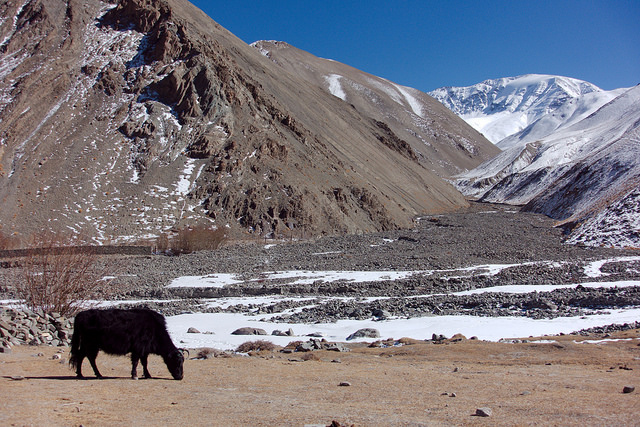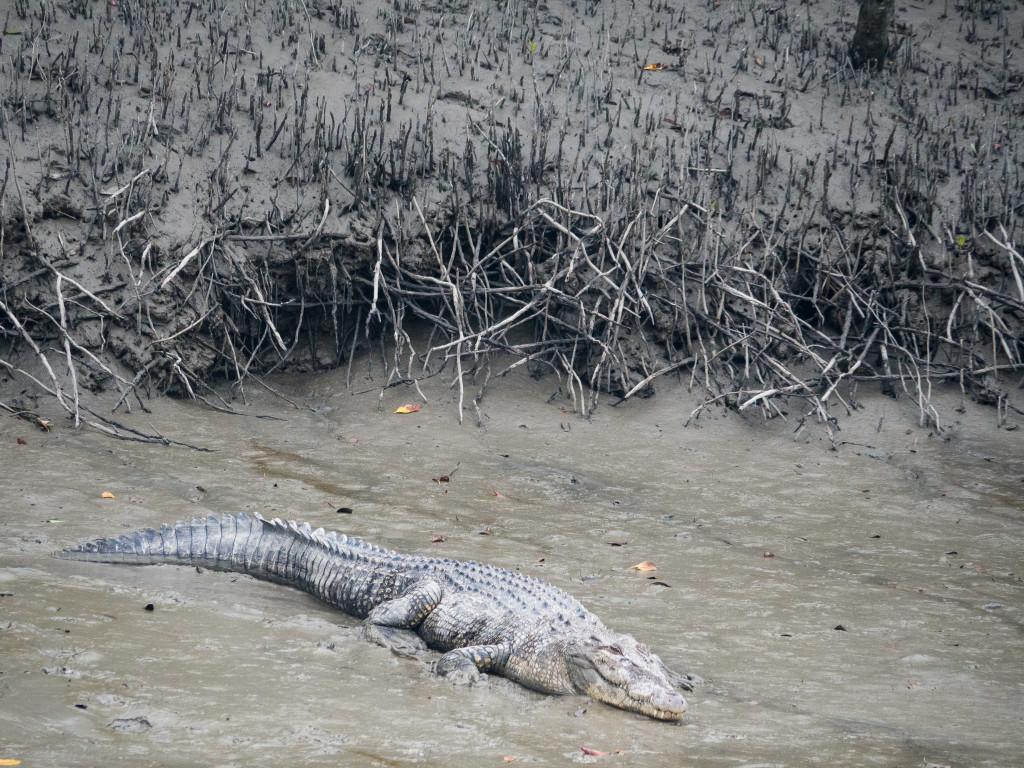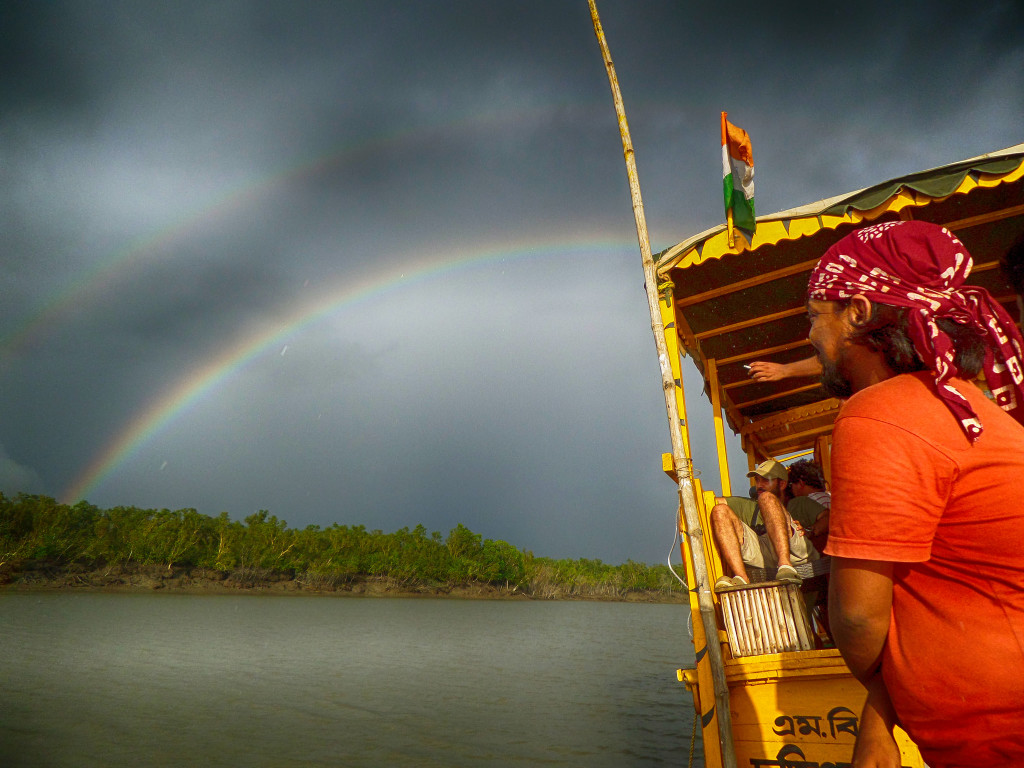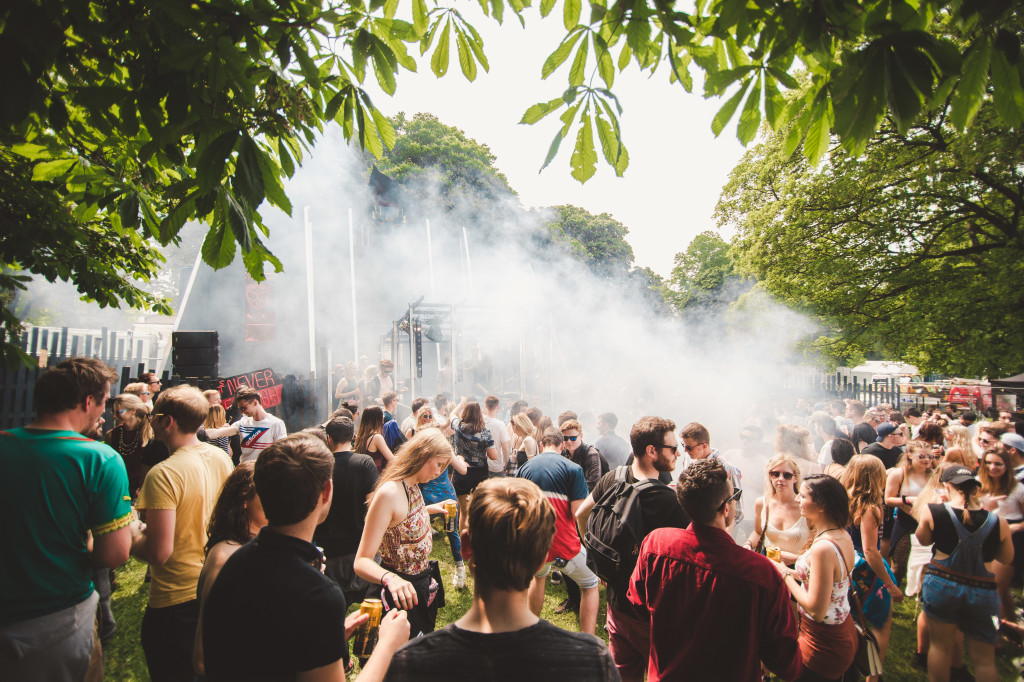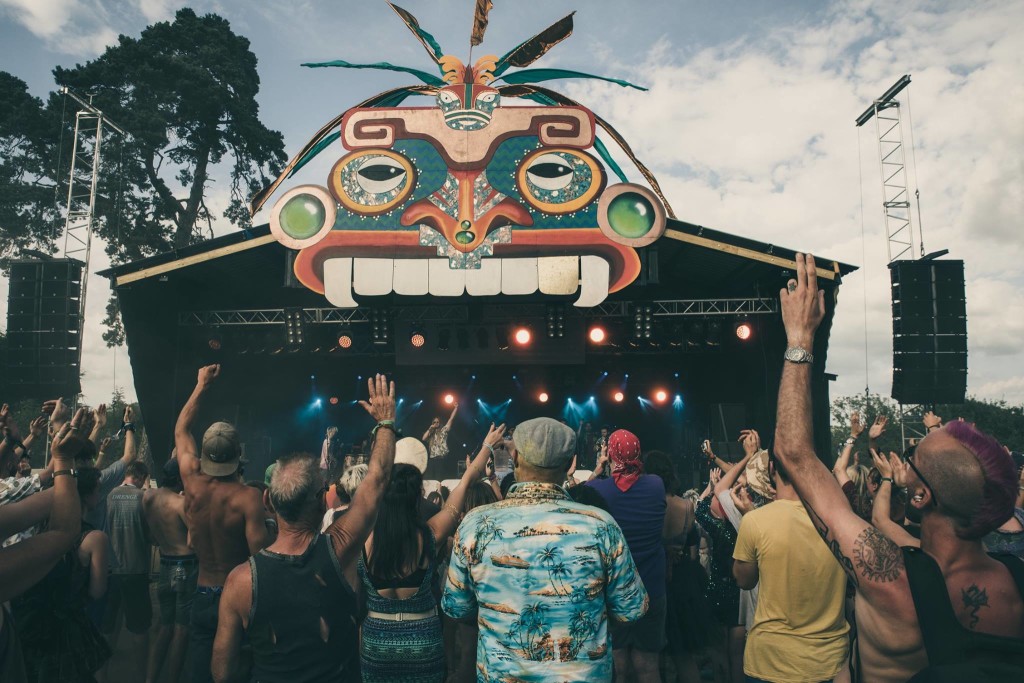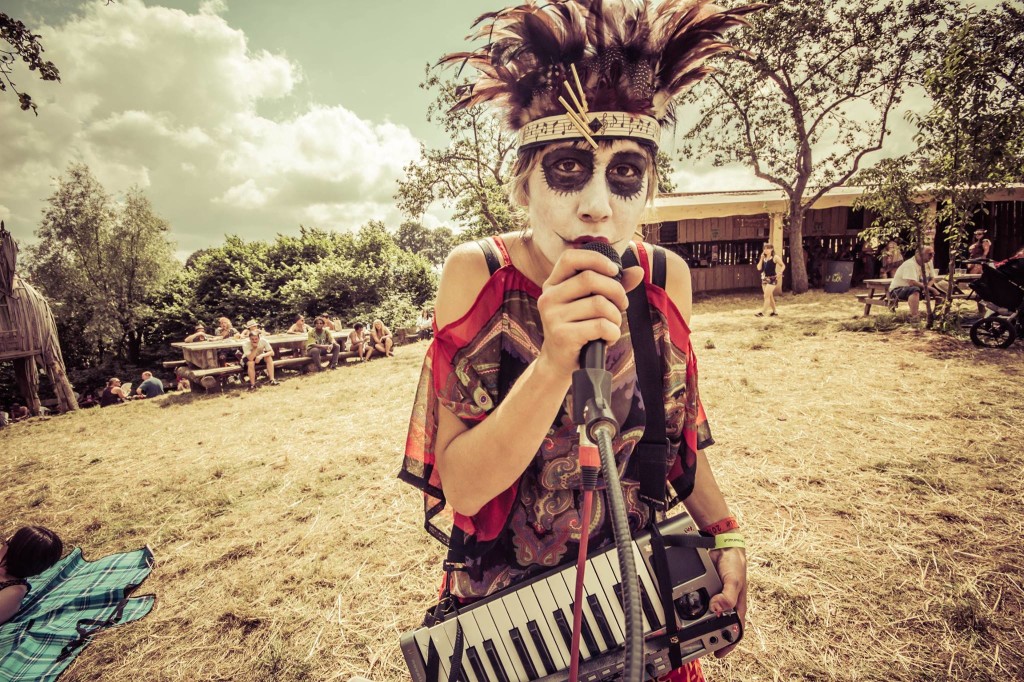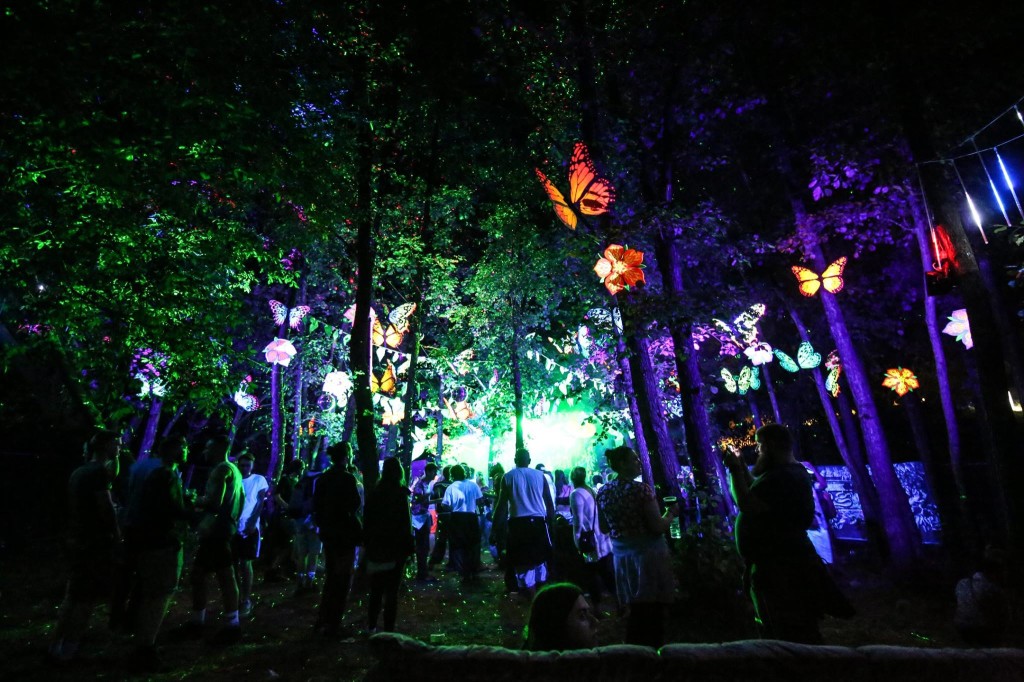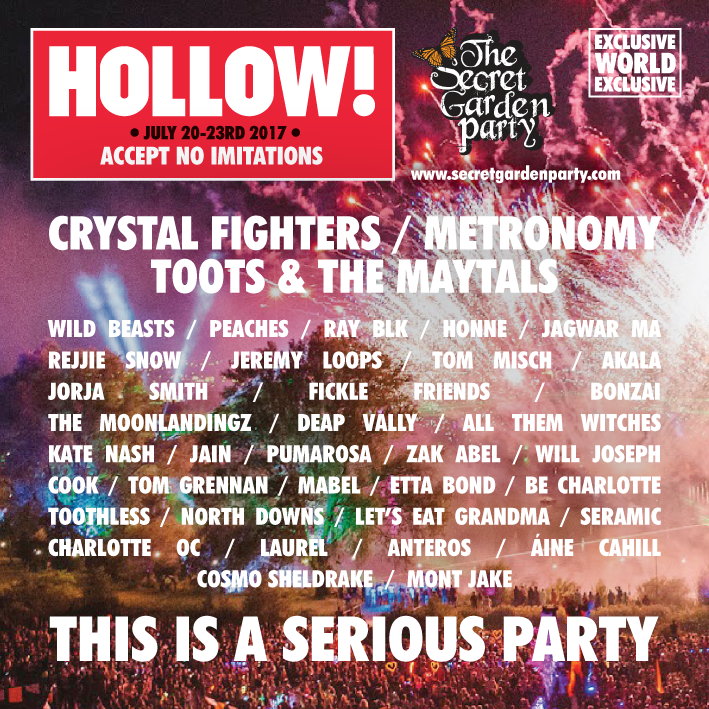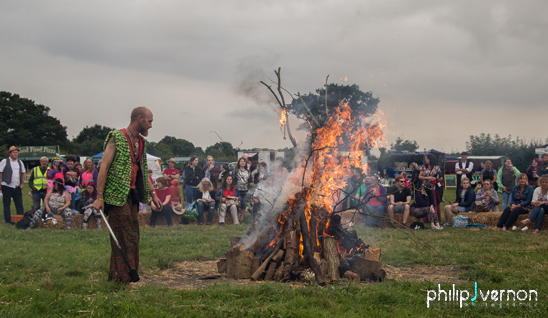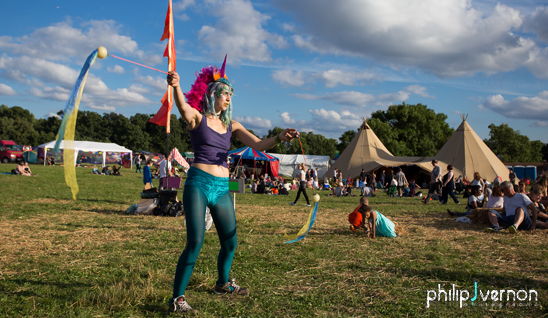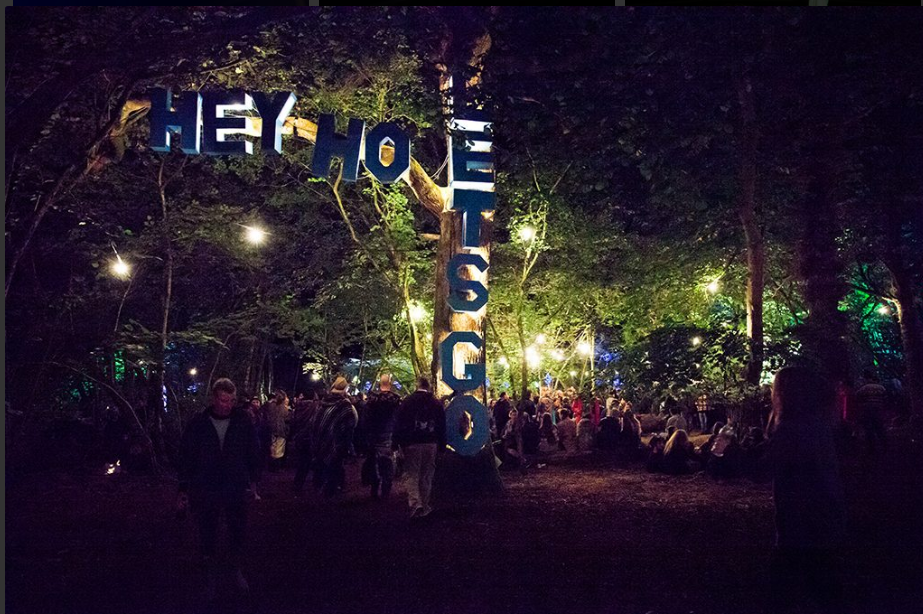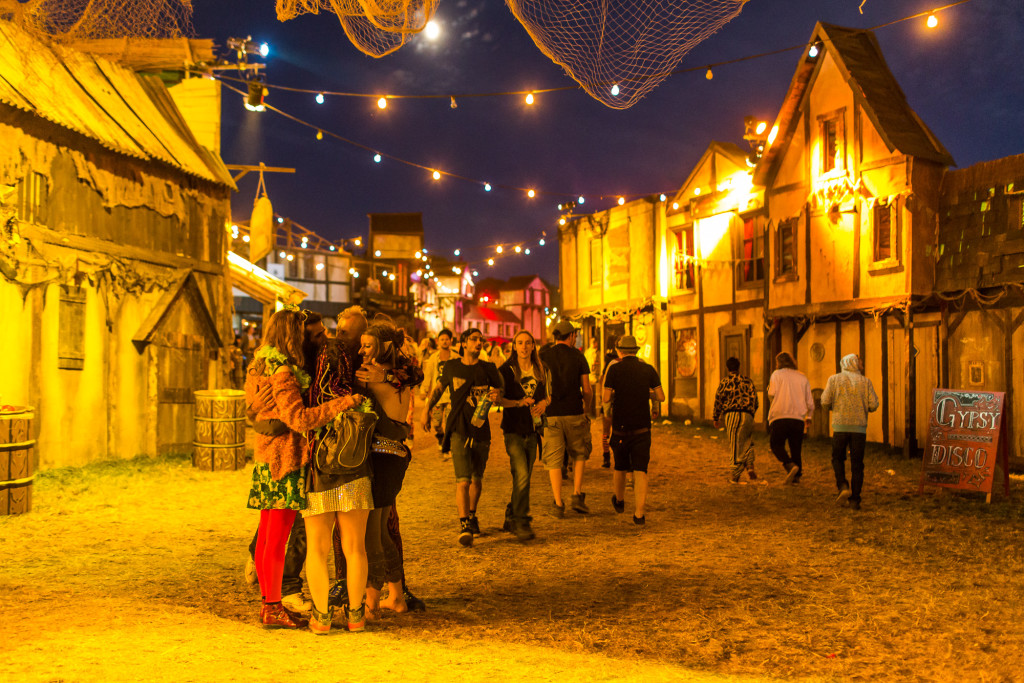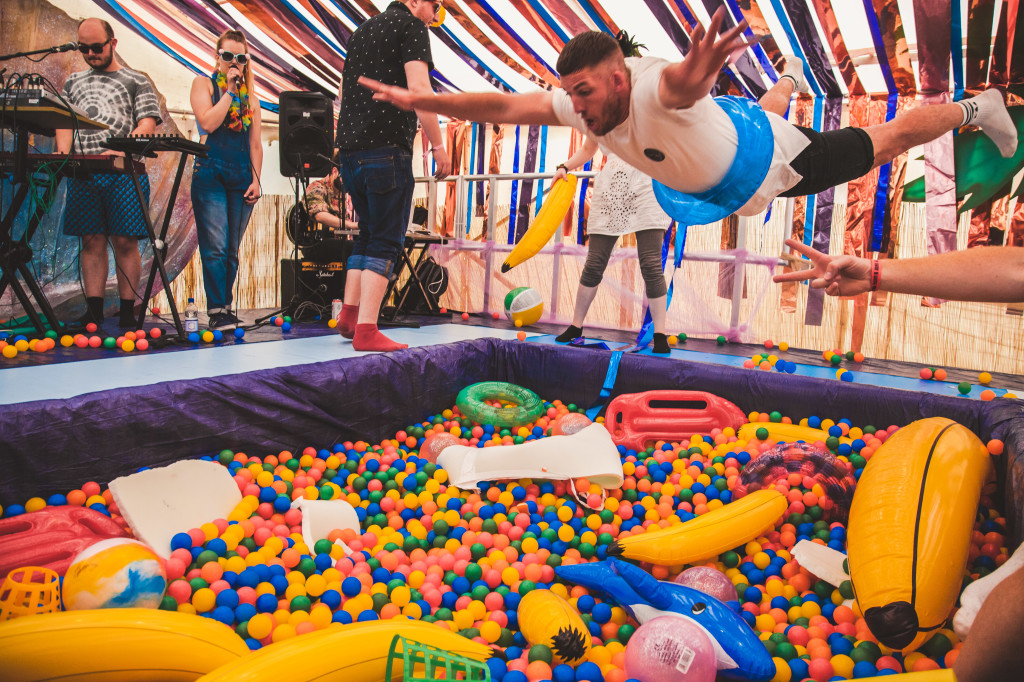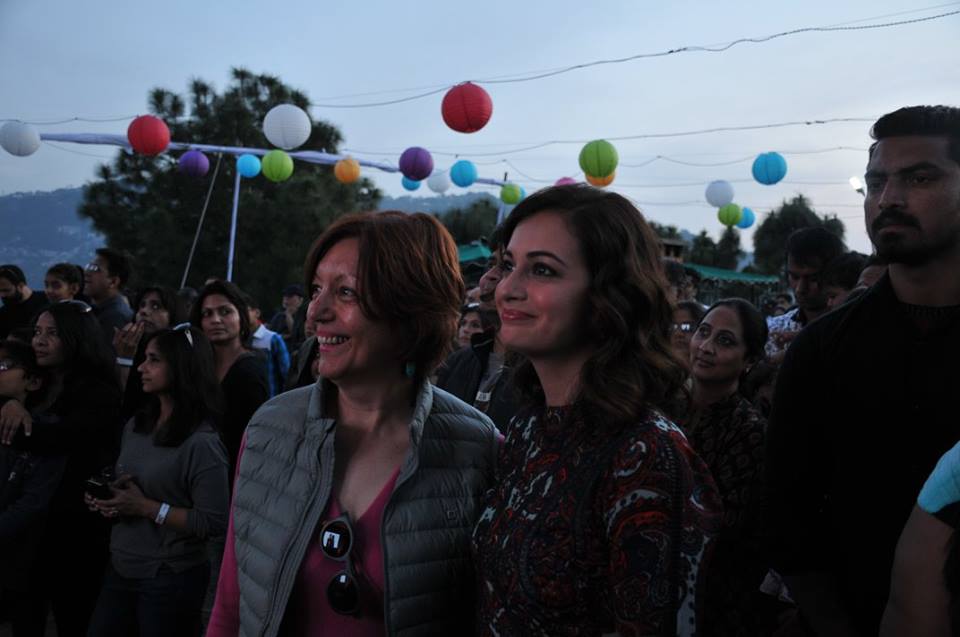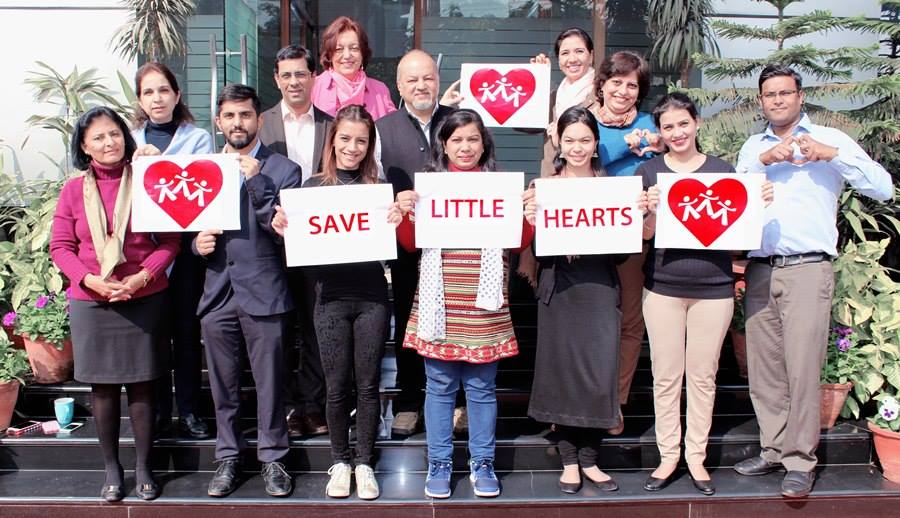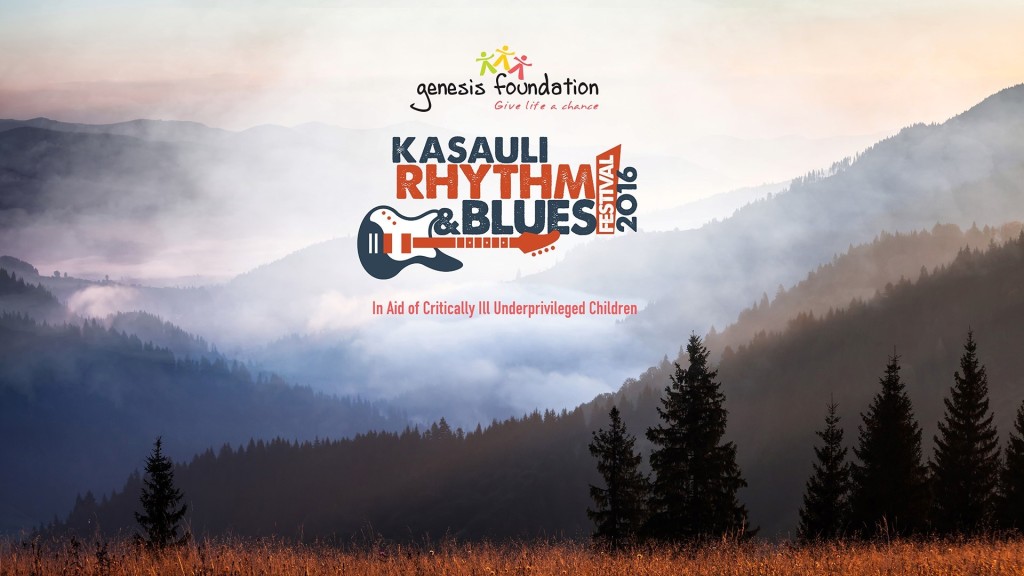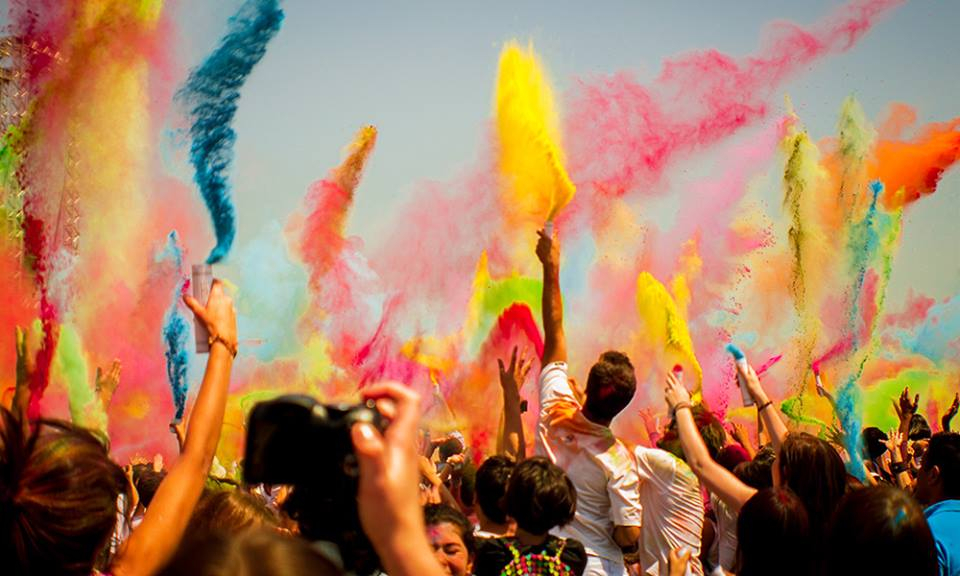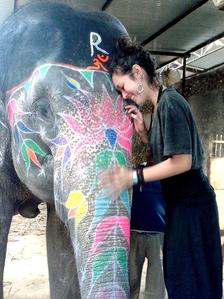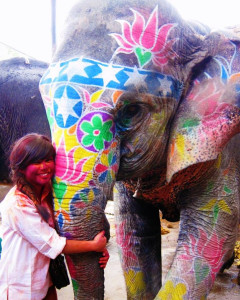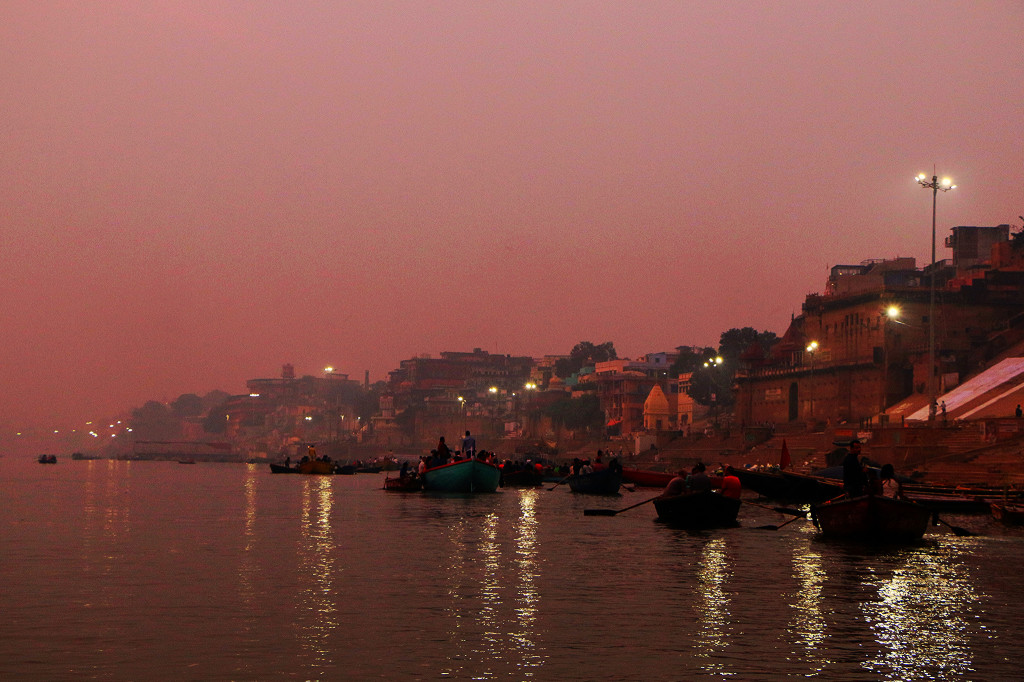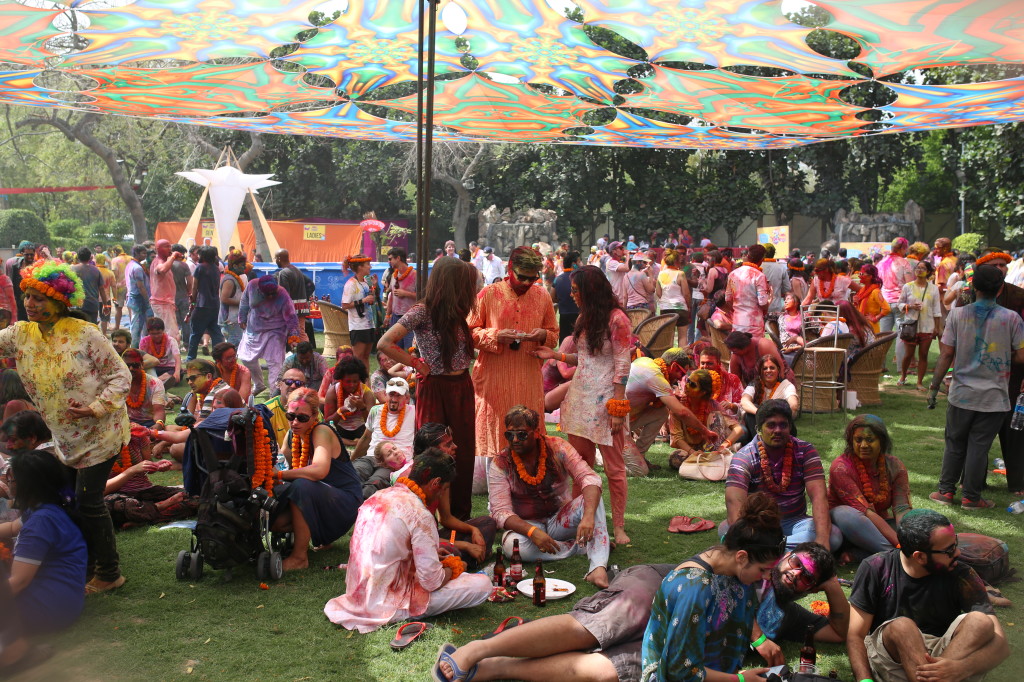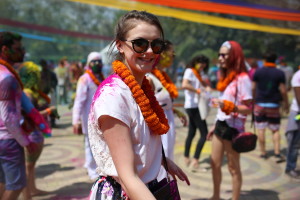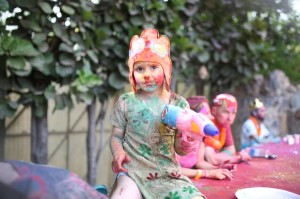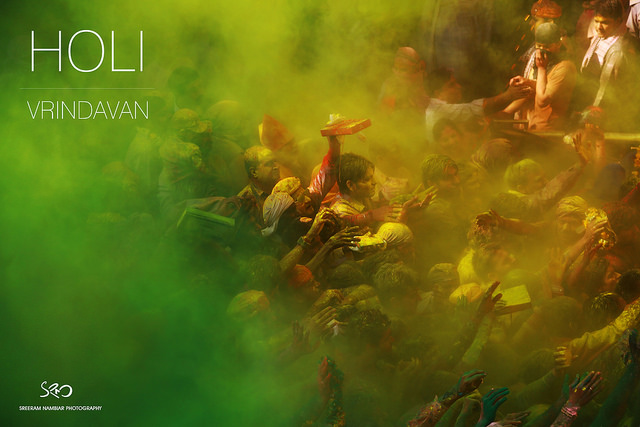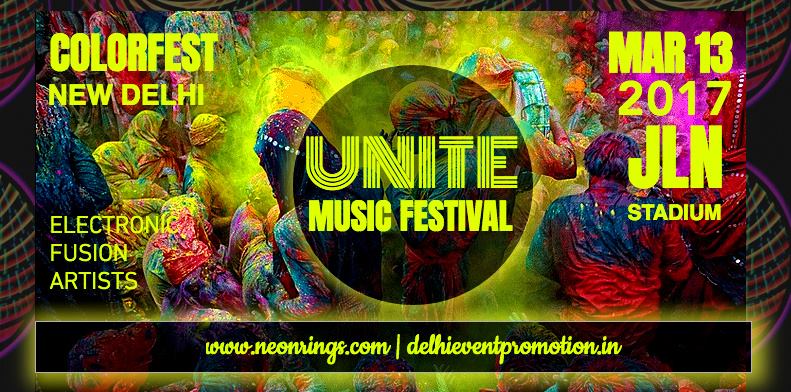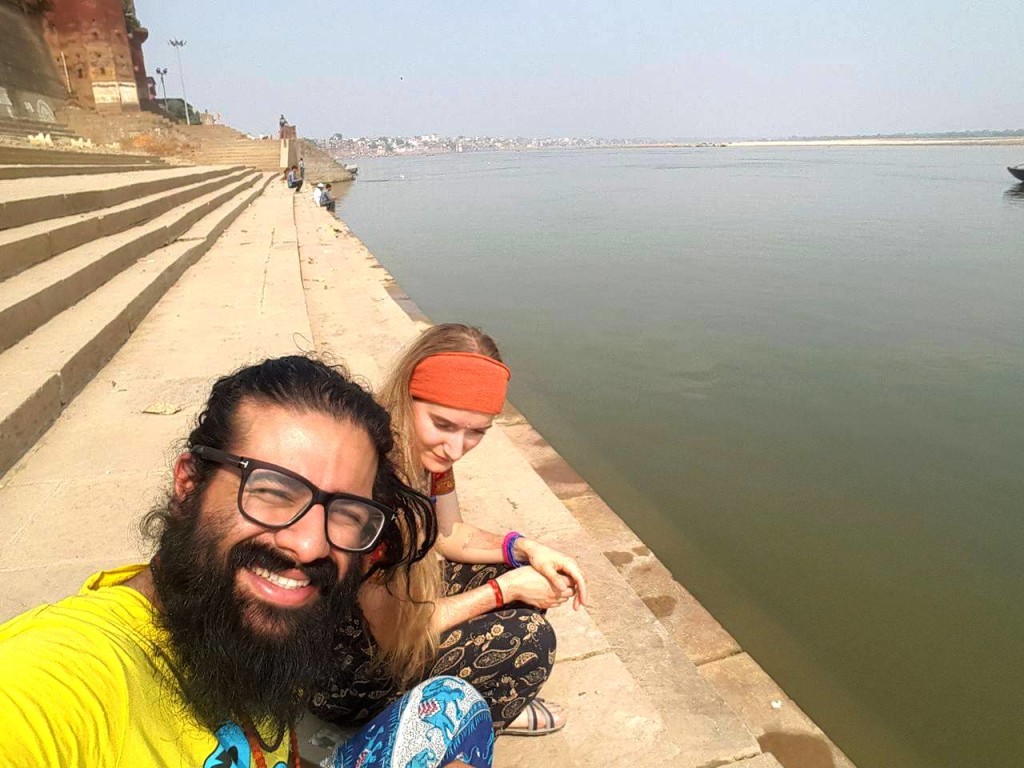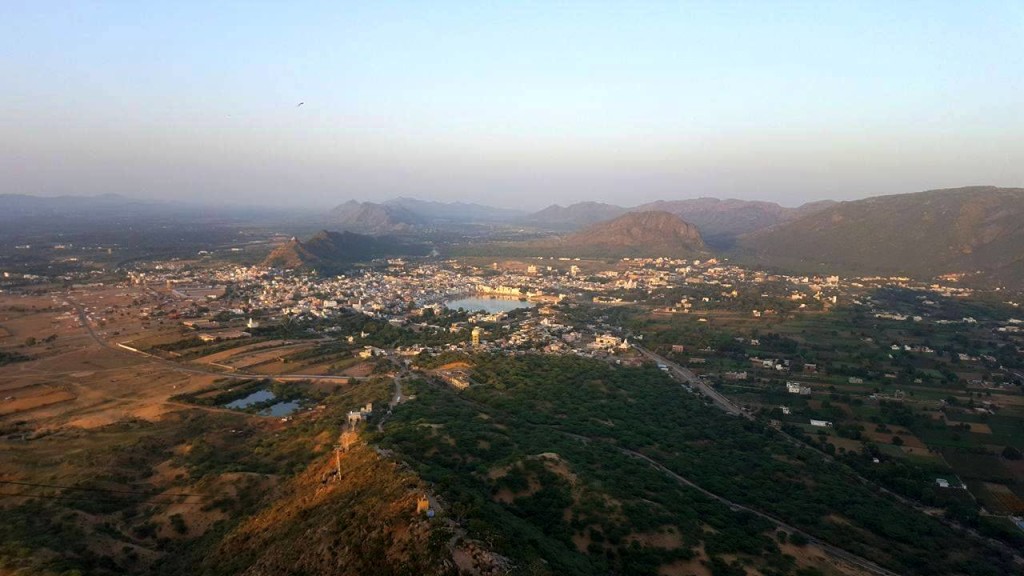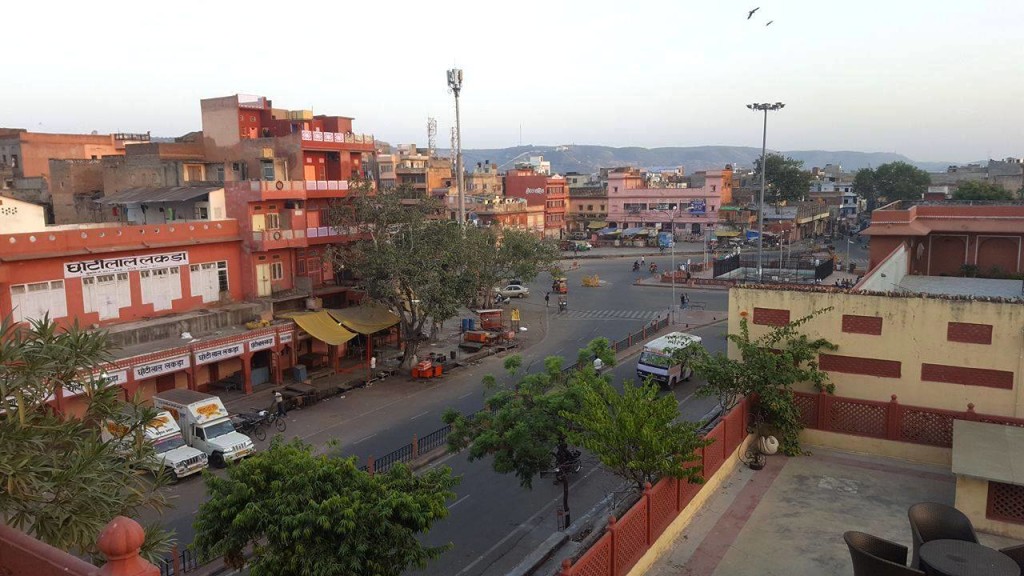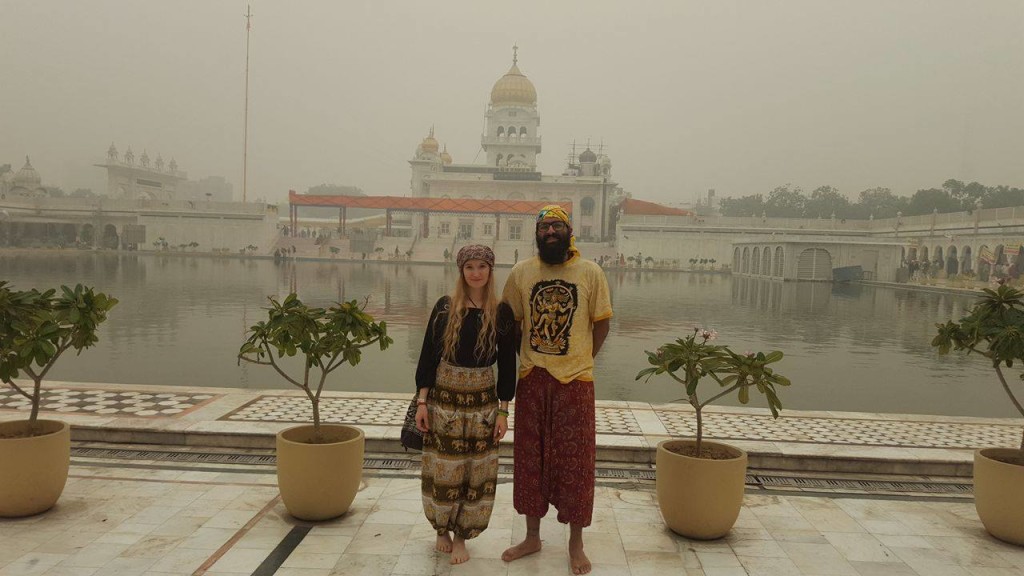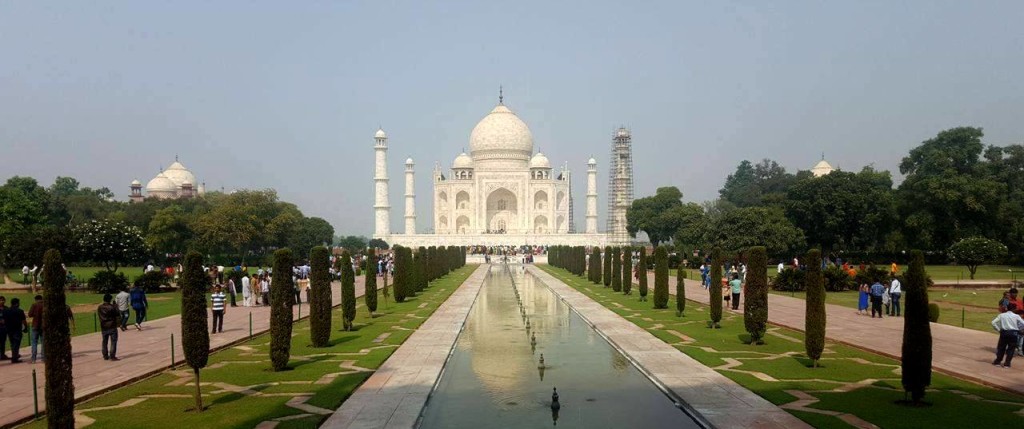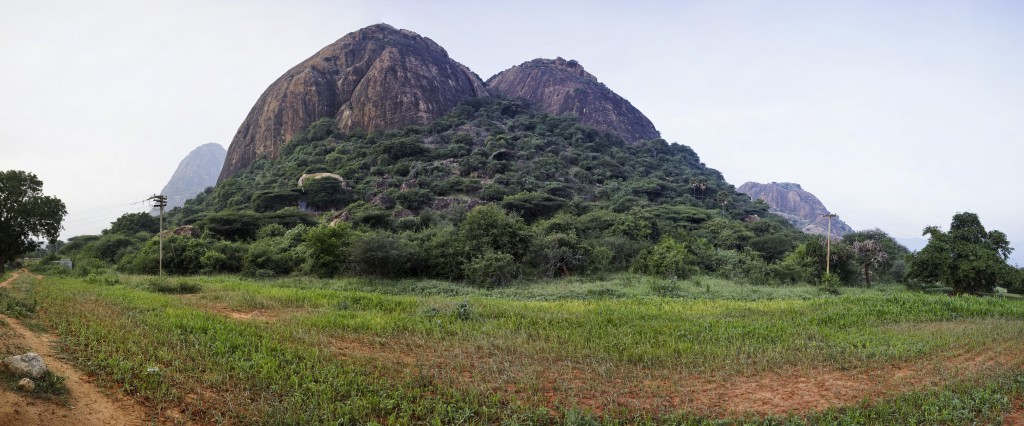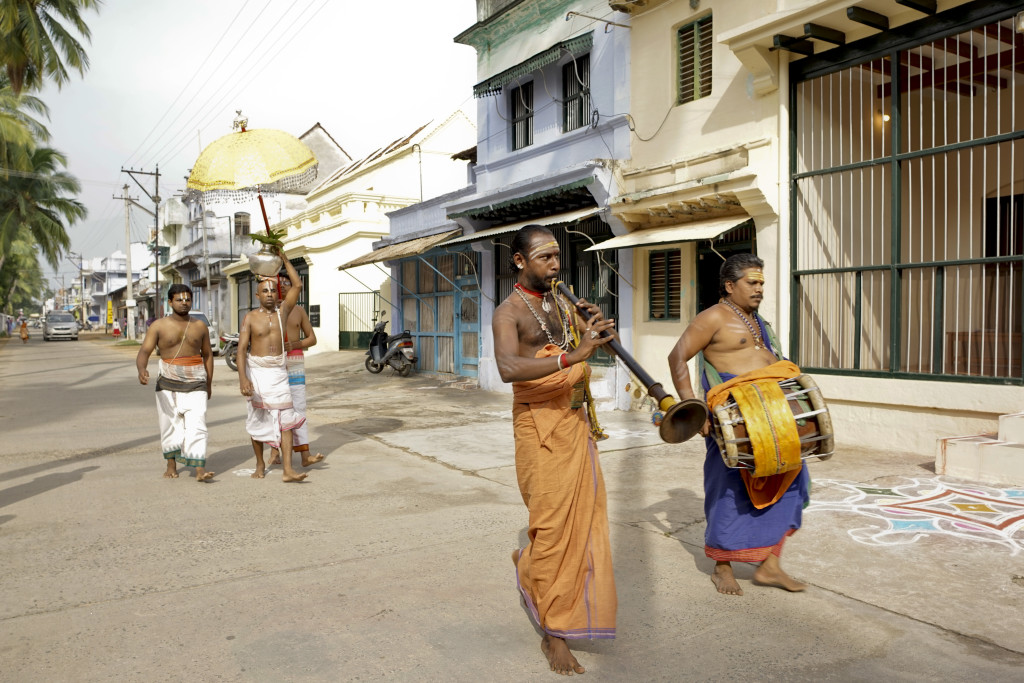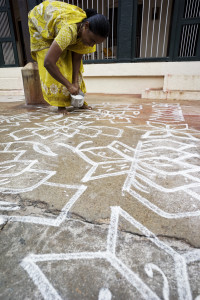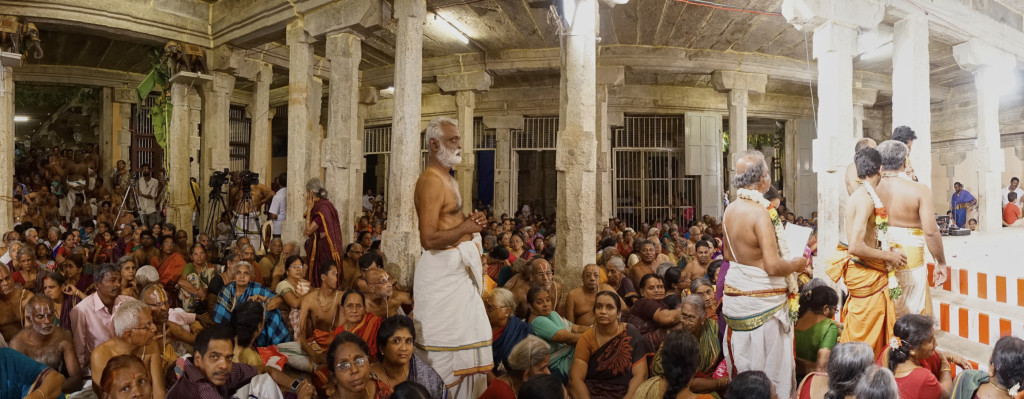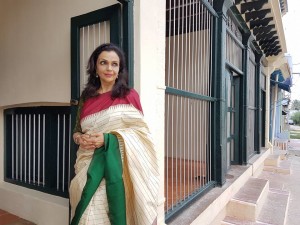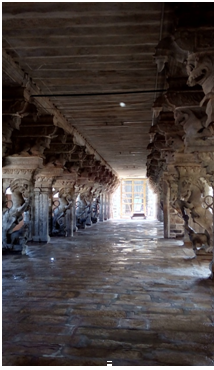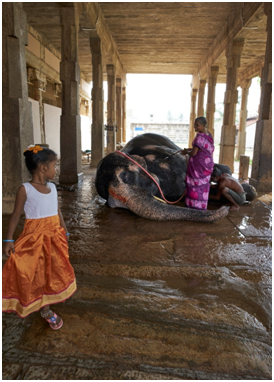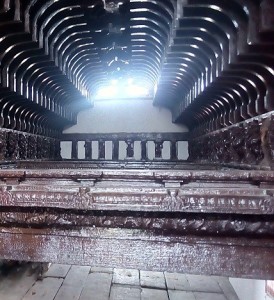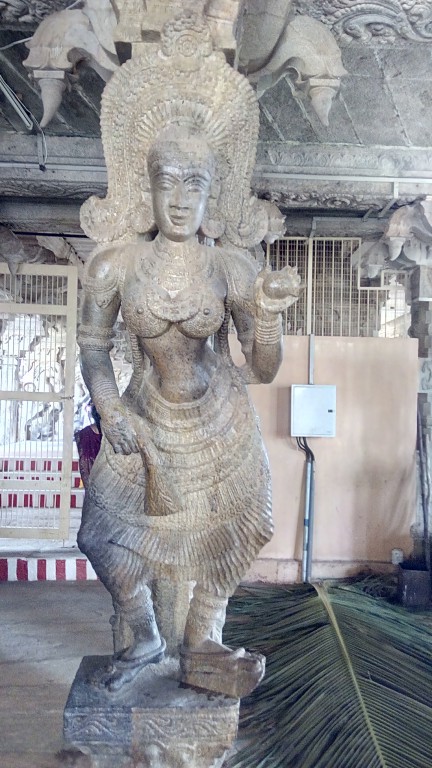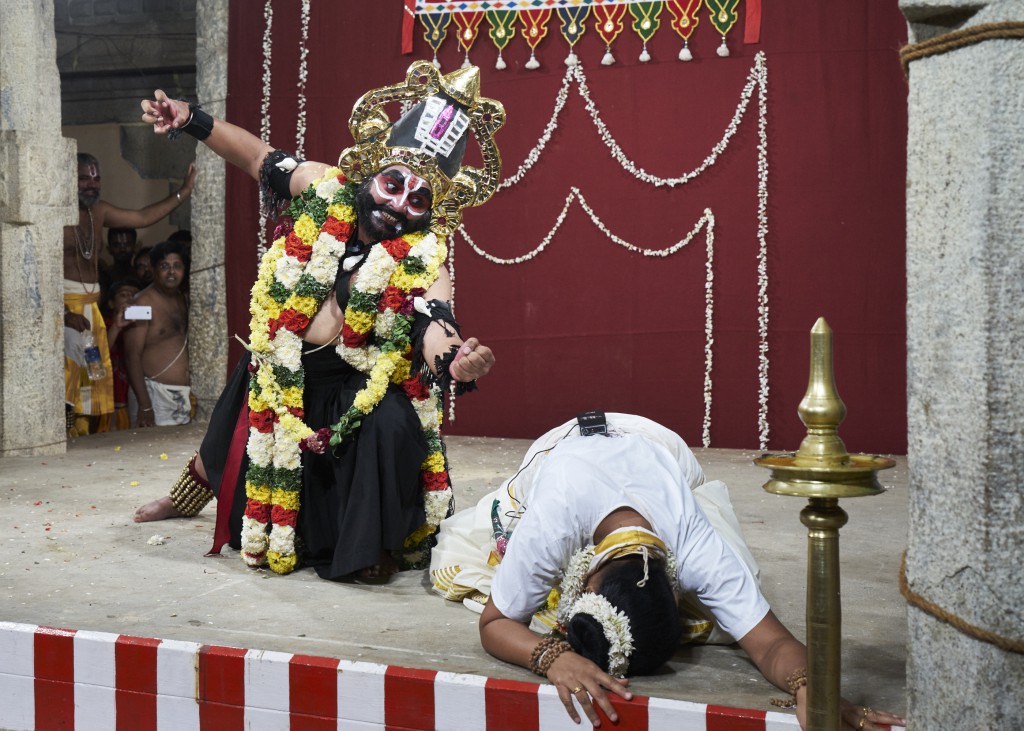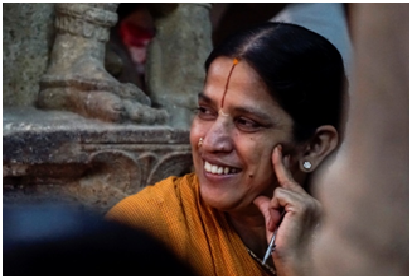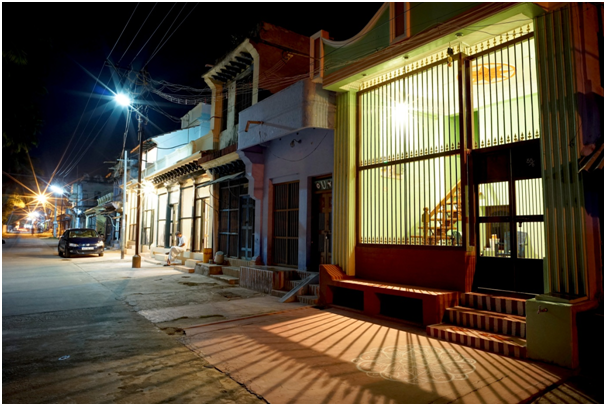The concept of ‘eco-tourism’ has become increasingly popular in recent years, and rightfully so. We live in the midst of an ecological crisis triggered by the boom of capitalism and globalization. Along with the many mobilizing opportunities that accelerated financial progress has brought with it, we are also seeing the rapid decline of the natural world. Environmentalists, nature lovers and travelers alike are increasingly noticing this and drawing attention to it in recent times. More and more of us are realizing our duty in preserving the natural world, and eco-tourism is a way of doing just that. By incorporating a respect and care for the environment in preserving natural habitats, through various initiatives operating country wide tourists have the opportunity to appreciate the natural landscape in a way which is beneficial to its conservation.
As tourism is one of the fastest growing industries in the world, eco-tourism initiatives create opportunities for a genuinely sustainable form of tourism. Great importance is placed upon the value of local traditions and practices relating to the environment, while the local population reaps the profitability of increased tourism to the area.
India is a country rich with natural beauty. The geography of the land is vastly different from corner to corner, and with this variety comes a bountiful variety of ecosystems. India is truly the nature lover’s paradise. In this article, Travel and Deal has picked out some of the most stunning eco-tourism opportunities India has to offer.
“Valley of Flowers Nature Trail” – Garhwal Himalayan Valleys
This recognised UNESCO World Heritage site, as its name suggests, is home to more than 300 species of flowers including rare and medicinal types unique to the region. During summer, the stunning variety of hundreds of different blooms makes this site one of the greatest spectacles of India.
This unique valley is paradise for lovers of flora and fauna alike, as the huge variety of plants and flowers sustains a rich ecosystem of mammals, birds and butterflies. Some species that can be seen here are the snow leopard, musk deer, Himalayan Bear, blue sheep and hare. As there are no direct transportation routes to the site, the only way to get there is by trekking. You need not worry about your carbon footprint while at this breathtaking site and the trek is the best way to immerse yourself in the landscape, while being a healthy dose of exercise too.
How to reach there.
The nearest town to the Valley of Flowers is Govindghat. The town of Govindghat is well connected with Jolly Grant Airport by road, and has good road connections with other areas of the country including Rishikesh which is the nearest railway station to the site.
From Govindghat the trek begins, first crossing the Alaknanda River, and then ascending through the terraced fields and lush vegetation of the valley.
The trek to the Valley of Flowers is around 14km, and will roughly take around 4 hours and 36 minutes, meaning this is a full day excursion.
Planned trekking tours can be organised though www.ecoindia.com
2) Bandhavgarh National Park – Sahdol District, Madhya Pradesh
Situated in the North Eastern border of Madhya Pradesh and the Northern edges of the Satpura mountain range, Bandhavgarh National Park is one of the most impressive for its size and variety of flora and fauna. The entire park is a total of 1161 square km; however tourists are restricted to a 105 square km region named the ‘Tala Range’. The lush range of biodiversity in the region is due to the tropical monsoon climate which sees well defined winters, summers and rainy seasons.
It is the density of its big cat population which has made this national park world famous. Tigers, jungle cats and leopards have been widely sighted throughout the park, especially in its four core zones. As well as big cats, the site is home to a huge variety of other fauna such as hyena, boars, a variety of deer, wild foxes, wild dogs, jackals and many, many more. The aviary variety is also tremendous, making this national park a prime spot for bird watchers and animal lovers alike.
How to reach there
The nearest airport o the park is Khajuraho Airport, which is accessible via flight from Delhi, Agra and Varanasi. The drive from the airport to the National Park is then around 7-8 hours.
Alternatively rail travel is another viable option, with Umaria railway station being only a 40 minute drive away from the Bandhavgarh National Park.
Tours and eco packages can be booked through the Bandhavgarh website http://www.bandhavgarh-national-park.com/index.html and also through http://www.ecoindia.com/plan-your-trip.html
3) Bharatpur Bird Sanctuary – Rajasthan
One of the finest bird parks in the world, Bharatpur Bird Sanctuary is also known as Keoladeo Ghana National Park due to the ancient Shiva Ji temple at its centre. The park is inhabited by an impressive variety of waterside and migratory birds as well as Sambar deer, Chital, Nilgai and Boar. The sanctuary has a dense forest cover which is responsible for the epic biodiversity of the park. A notable piece of history behind the park is that it was entirely created by a maharaja in the 1700’s as a hunting range, and at the beginning of the last century a system of dams, dykes and sluice gates was created to save the park from annual flooding. After hunting became prohibited in the 1960’s the site was declared a national park in 1982, and today is one of the most famous spots for bird watching enthusiasts and photographers alike.
Walking and cycling are two of the best ways to explore the park, allowing you to get as close as possible to the wildlife without disrupting or disturbing it. However rickshaw is also a good way to get around, as most of the rickshaw drivers have been trained to bird spot and will likely know the best locations to find the most breathtaking scenes. Boating is also a popular activity at Bharatpur and allows a whole different experience of the park, and a fantastic vantage point to see the numerous waterside birds.
How to reach there.
Both rail travel and travel by car are popular travel options for Indian tourists, as the Bharatpur railway station is only 6km away from the park. The town is very well connected via road also, with all major cities of Rajasthan and neighbouring states.
The nearest airport is in Agra, which is roughly a 56km drive from the national park.
Tours and jeep safari can be organised through the sites official website http://www.thewildlifeofindia.com/bharatpur-bird-sanctuary.html as well as http://www.ecoindia.com/parks/bharatpur-bird-sanctuary.html
4) Hemis High Altitude National Park – Jammu and Kashmir
This high altitude national park, with altitudes reaching up to 6,000 meters above sea level, is situated in Ladakh, Jammu and Kashmir. Famous for its rough terrain, and being the largest high altitude national park in India, this park is famous amongst more adventurous travellers and wildlife lovers. One of the famous attractions here is the snow leopard population, giving the region its name as the snow leopard capital of India. As well as snow leopards, Shapu, Bharal, wild cats, wolves, mountain goats and sheep are regularly sited in this unblemished spot of natural Himalayan beauty.
In this high altitude landscape, most of the vegetation consists of alpine plants and trees, along with steppe trees. This site is a true example of the diversity of habitats in India when contrasted to the flat land National Parks.
Given the high altitudes, an easy way to move around the landscape is by Jeep; however this only applies to the easily accessible parts of the park. For the harder to reach corners, the seasoned adventurer may want to opt for one of the breathtaking trekking tours with a trained guide. Such tours really give you the opportunity to take in the mountainous wildlife at a close range, really giving you the experience of a lifetime, you may even see a snow leopard if you’re fortunate.
This is definitely one of the most intrepid and courageous tours to take; definitely not for the faint of heart!
How to travel there
The nearest airport is Leh which is connected by Indian Airlines to major cities including Delhi, Chandigarh and Srinagar.
The nearest railway station is in Jammu, which is connected with all areas of India and is around 690km from Hemis National Park. While this is a farily remote area, the drive from the airport or railway station can be another opportunity to take in the spectacle views of the Himalayas.
Tours and travel plans can be obtained from http://www.ecoindia.com/parks/hemis-high-altitude-national-park.html
5) Sundarbans National Park – Near Kolkata, West Bengal.
The Sunderbans National Park is located in the South East of Kolkata, where it forms part of the Gangetic Delta. This vast delta area consists of swampy mangrove forests (the largest in the world), forest islands and a network of streams and rivers. The largely aquatic terrain makes this a perfect environment to witness marine and reptile species such as The Ridley Sea Turtle, monitor lizard, crocodiles, water snakes and Gangetic dolphins among others. As well as the impressive range of marine and reptile life, the site is also a noted as being one of the largest tiger reserves in India.
For bird enthusiasts the best time of the year to visit is during winters between December and February due to the large populations of migratory birds at this time.
A popular activity at Sundarbans National Park is boating, which offers the perfect mean to get around the vast aquatic mangrove forest landscape and have a chance to see the array of fauna and flora the park has to offer. There are numerous local boating companies as well as two ‘luxury’ boating companies who offer overnight stays.
How to reach there
Sundarbans is not the most easily accessible National Park as it is only accessible through water ways. The nearest Airport is Kolkata at 112km away, and the nearest railway station is Canning at a distance of 48km. Whether you travel by road, rail or air travel, the waterways to Sunderband are accessible from a veriety of locations including Namkhana, Bhagabatpur Crocodile Project, Sagar Island, Jambudwip, Sajnekhali and more.
Tours of Sunderbans National Park can be booked through http://www.ecoindia.com/parks/sundarbans-national-park.html as well as the sites official website http://www.sunderbannationalpark.in/sunderban-wildlife-tour-packages.html

